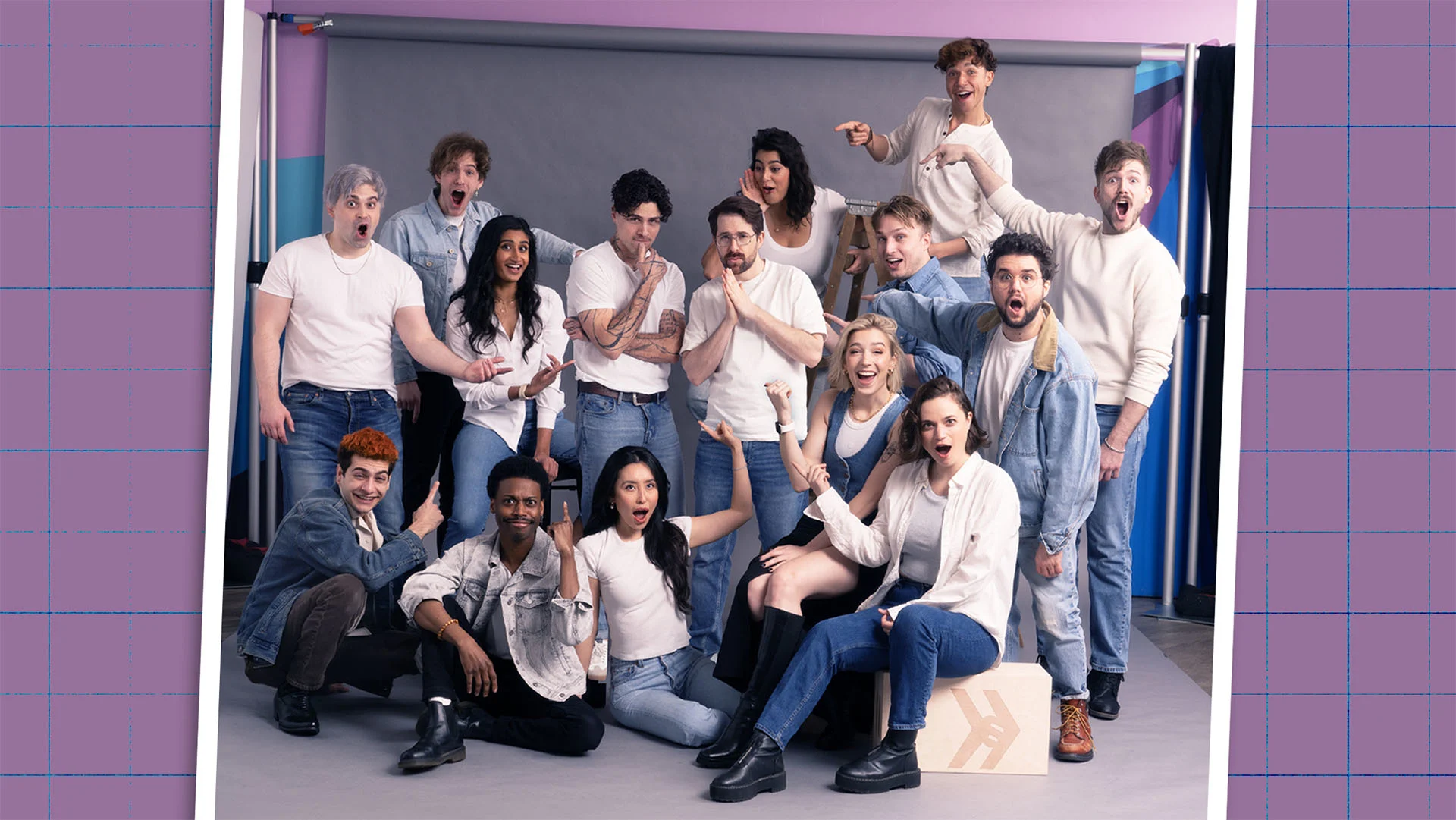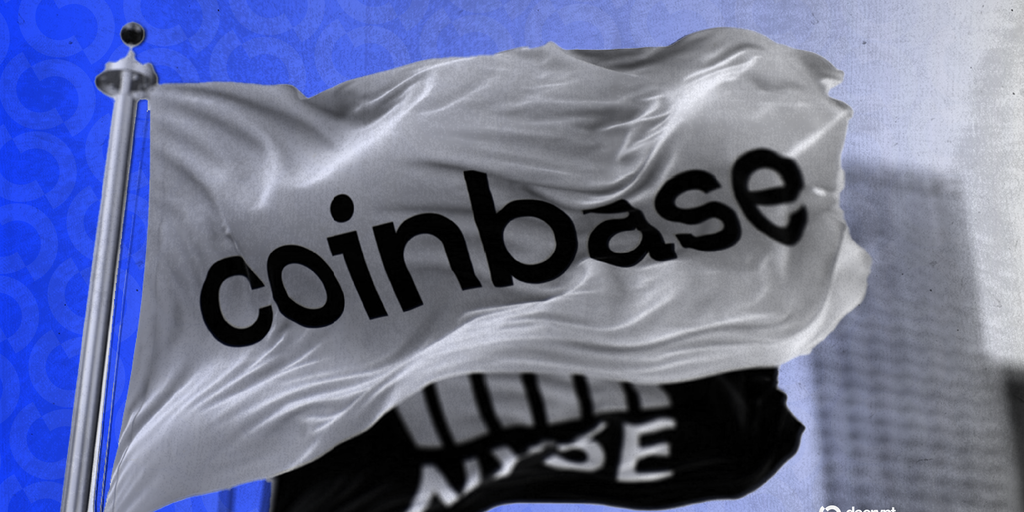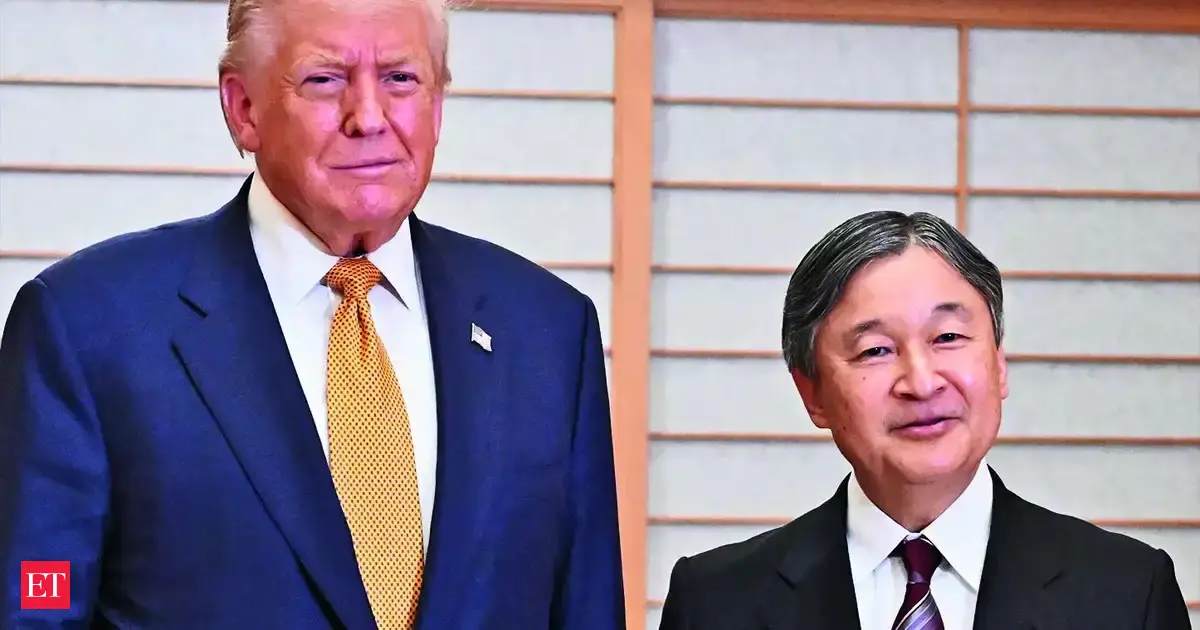Copyright Inc. Magazine

Eight years ago, Anthony Padilla and Ian Hecox went through an extremely public founder breakup. After selling their popular YouTube channel Smosh in 2011 and continuing to produce content for its new owner, Alloy Digital, tensions were running high—so much so that Padilla struck out on his own. Hecox stayed, and the founders stopped speaking with each other for several years. Padilla tells Inc. that because they created Smosh so young—he was 18 and Hecox was 17—their communication styles got “locked in” at those ages. “Our best way of dealing with issues was by never talking about them,” he says. “So, you know, everything builds up.” But, in 2022, they reconnected over lunch. As they repaired their friendship, Hecox recalls noticing that Padilla “had a lot of really great notes” and “great ideas for content.” During their time apart, Padilla co-founded production company Pressalike with former talent manager Alessandra Catanese and spearheaded its viral “I spent a day with” YouTube series. Hecox, Padilla, and Catanese first sat down together to discuss the possibility of Padilla and Hecox starting a YouTube channel together—but, according to Catanese, that conversation quickly became about what she calls their “real dream”: buying back Smosh. Featured Video An Inc.com Featured Presentation Here’s how they pulled it off and grew the brand’s revenue significantly from there. YouTube’s first big acquisition Padilla and Hecox created the Smosh YouTube channel in November 2005. When one of its videos landed on the site’s homepage about two weeks later, a huge “influx of viewers and comments” followed, Padilla says. Inspired, they made more videos. “We were like, ‘Let’s keep going until the wave fizzles out,’” he says. “And it never did.” Smosh soon became one of the most popular channels on YouTube, with about 3 million subscribers in 2011, and Alloy Digital, which later rebranded to Defy Media, approached the founders with an offer to purchase the brand in exchange for salaries and stock. Since Padilla and Hecox were getting bogged down with busy work, Hecox says they were “very receptive to the idea of getting more support.” They also worried about overreliance on YouTube. As early adopters, they developed a knack for getting Smosh videos on the platform’s landing page, which helped the channel attract new subscribers. When YouTube started tweaking its algorithm, however, Padilla says they realized that the platform could “flip a switch at any moment,” leaving them without a reliable source of income. Padilla and Hecox signed the deal, making Smosh the first well-known YouTube channel to land an acquisition. Under Defy Media’s leadership, Smosh launched several new YouTube channels, added cast members, and expanded into new mediums including movies, comics, and magazines. Its subscriber base grew to 23 million—a nearly 34 percent yearly growth rate. Then, in 2018—one year after Padilla left the company—Defy shut down without warning, putting the future of Smosh at peril. The sale that saved the company Hecox spent the next few months trying to form a group of investors that would allow him to buy Smosh back—but didn’t have enough time to put a deal together before the deadline Defy’s creditors set for the sale of its assets. “That moment really scared me,” he says. During that period of uncertainty, Hecox got access to Smosh’s YouTube channel—though, he says, “I don’t think I was supposed to.” He alerted his audience about the change and “tried to keep the channel afloat” by releasing content at a much slower pace. Fortunately, Rhett McLaughlin and Link Neal, the creators of YouTube series Good Mythical Morning and founders of entertainment company Mythical Entertainment, reached out to Hecox. “They’re like, ‘Hey, sorry you’re going through this—if there’s anything we can do, let us know,’” Hecox recalls. “I said, ‘Well, do you have this amount of money?’” Hecox presented McLaughlin and Neal with a business plan for Smosh and they agreed to purchase it with the contingency that he’d stay on as president. When the deal closed in early 2019, Mythical reportedly took ownership of Smosh, which at that point had more than 37 million subscribers across its three channels, for less than $10 million in cash. “Defy was very big on creating shows that could be sold,” Hecox says, “and not necessarily creating shows that the audience was asking for.” Mythical, on the other hand, pushed Smosh to figure out who its audience was and why they stuck around. Eventually, he says, the brand hit its stride by finding video formats that let its cast members shine. Taking back control once and for all In co-founding Pressalike and serving as president of Smosh, both Padilla and Hecox learned to step up as leaders during their separation, Padilla says. “When we reconnected,” he adds, “it felt like we were both in that leadership mindset.” That’s why they started to think about buying Smosh back: They wanted the freedom to make their own decisions. McLaughlin and Neal were supportive of Hecox and Padilla buying Smosh back from the moment they broached the topic. The sale—for an undisclosed amount of money—became official in June 2023, making Hecox and Padilla the majority owners of Smosh for the first time since 2011. (McLaughlin and Neal are reportedly now minority shareholders and serve as advisors.) Smosh fans, of course, celebrated the news. Hecox says he expected to see the brand’s view count balloon when they announced the buyback, then drop back to normal. Instead, views fell only slightly after the initial spike, then maintained, then started to rise again. “It’s been very validating” that so many fans who initially came back to learn more about Padilla’s return stuck around, he says. Smosh’s five channels now collectively have nearly 53 million YouTube subscribers. Padilla and Hecox’s first decision as owners was to appoint Catanese CEO so they could focus on the creative side of the business. Then, the three of them implemented the Entrepreneurial Operating System to establish clear lines of accountability, make meetings more productive, and realign Smosh’s values. Before doing this, Padilla says it was difficult to evaluate decisions. “Now we know our goal is to make people laugh … through comedy rooted in friendship,” he says. As CEO, Catanese has prioritized promoting from within, improving Smosh’s Burbank, California-based office space, and building an internal human resources team. Plus, she created a program which incentivizes all Smosh employees to pitch video ideas by giving them a bonus if it’s greenlit by the production team. “So much creativity and so much passion comes from people who feel safe and comfortable and taken care of,” she says. Smosh currently has 70 staff members—many of whom work from home when they’re not required on set. Thanks to these efforts, as well as the recent bump in viewership, Smosh has 4xed its revenue over the past two and a half years, according to Catanese. Google AdSense, branded content, live shows, and merchandise are the company’s biggest earners, she says. Through this journey, Padilla and Hecox say they’ve learned plenty of lessons. First off, Hecox says, don’t sell your brand for stock to any company that tells you, “Trust us, bro, we’re gonna go IPO.” On a more serious note, he adds that any founder considering selling their company should ask themselves how important their intellectual property is and how much control they want to have. “Also, what do you do next?” he says. “Smosh is what I want to be doing—like, I really enjoy this, and I really want to see the story continue for as long as it can, maybe even beyond us. I don’t have a desire to sell this off and then become an executive at Paramount.”



